IT 05:
Picture-in-Picture explained
“Non-figurative art ends the ancient culture
of art. The culture of form has ended, the culture of chance-relations has begun.” – M.

Russian Tanks on parade in square or aerial view of traffic in Chicago (2020),
M. ©
“This is “Russian Tanks” which is a great painting, and M. made a few attempts working outside of painting. He tried to put things outside in space, moving them around in a studio, but he was essentially able, because of being tied in his times, to go beyond, beyond that point…” - W.
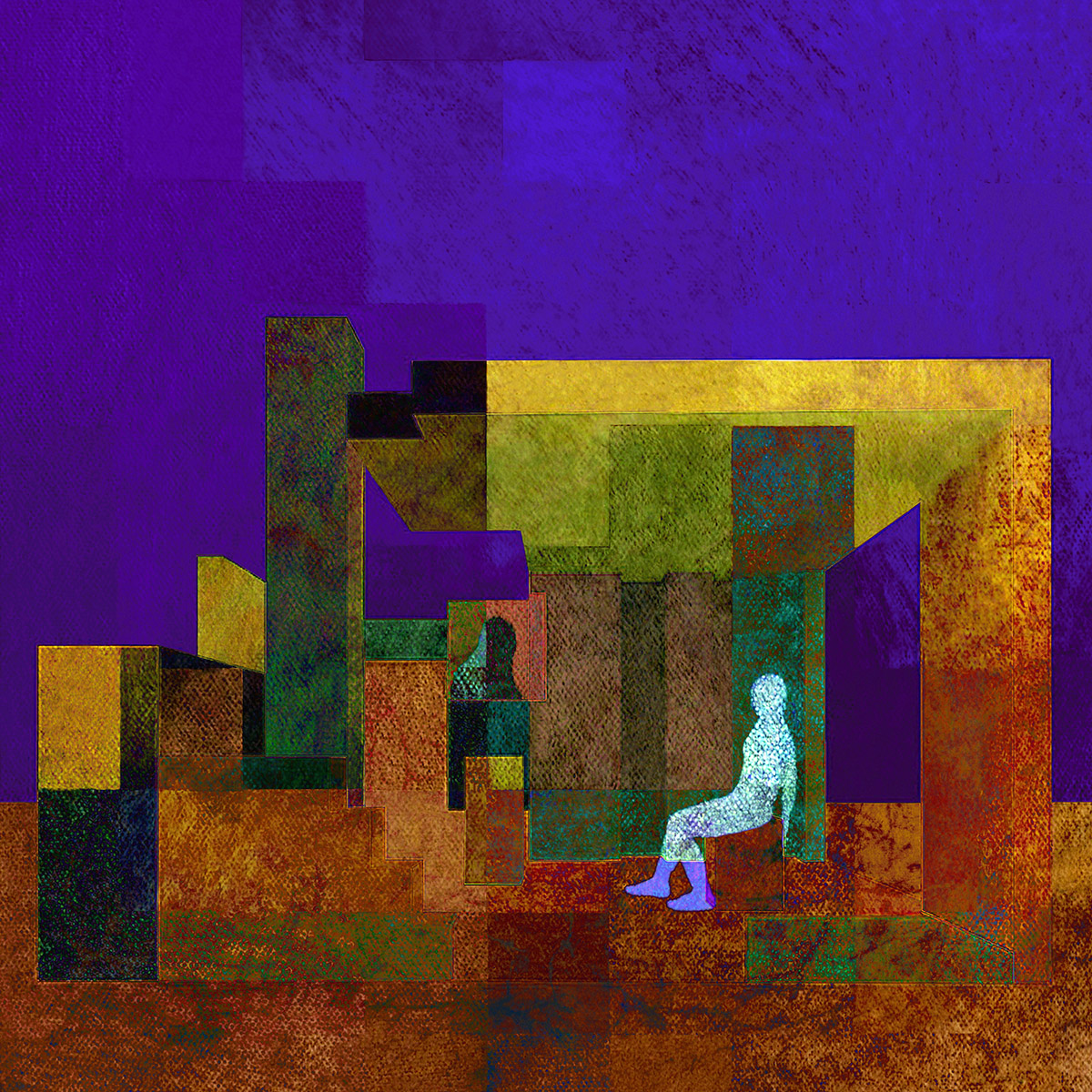
Man and his mirror image (2018), M. ©
Let’s rewind back into my life-adventures.
When I started out, the whole idea was to express yourself. You had a meal, the right meal, you came into the evening and got yourself prepared, you emoted. It was wonderful at the time, until you faint.
Overwhelming in a way.

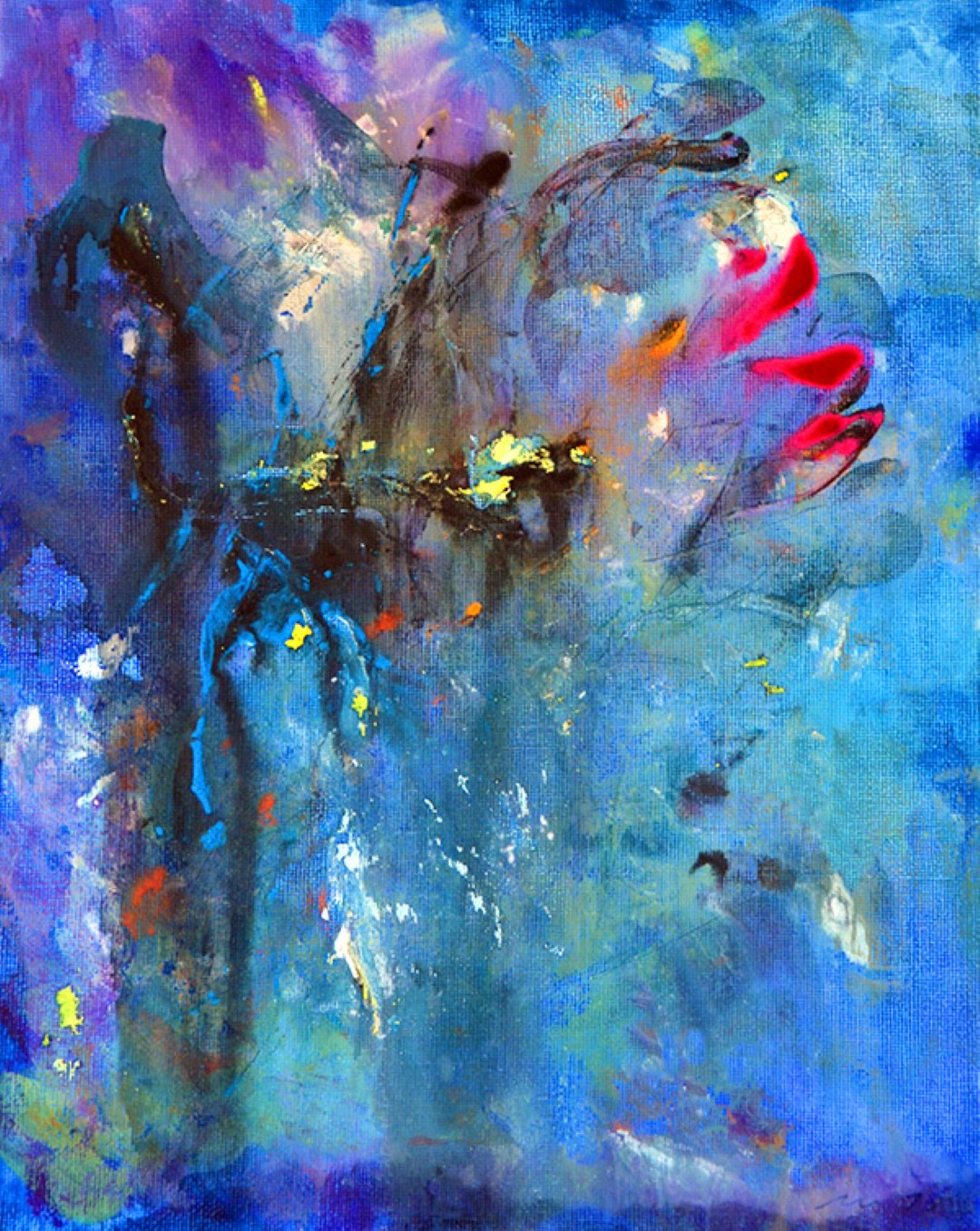

Untitled x III, oilpaint on watercolor (2016), Marcel Moonen ©
Afterwise I realized...These works were nothing new, but they were not bad either.
Where do I begin, how do I start? What I did, I cut the whole thing down to the size of a square. I realized all this was out of control and I was just recording happy accidents. I finally got it down to a square in which everything I did counts…
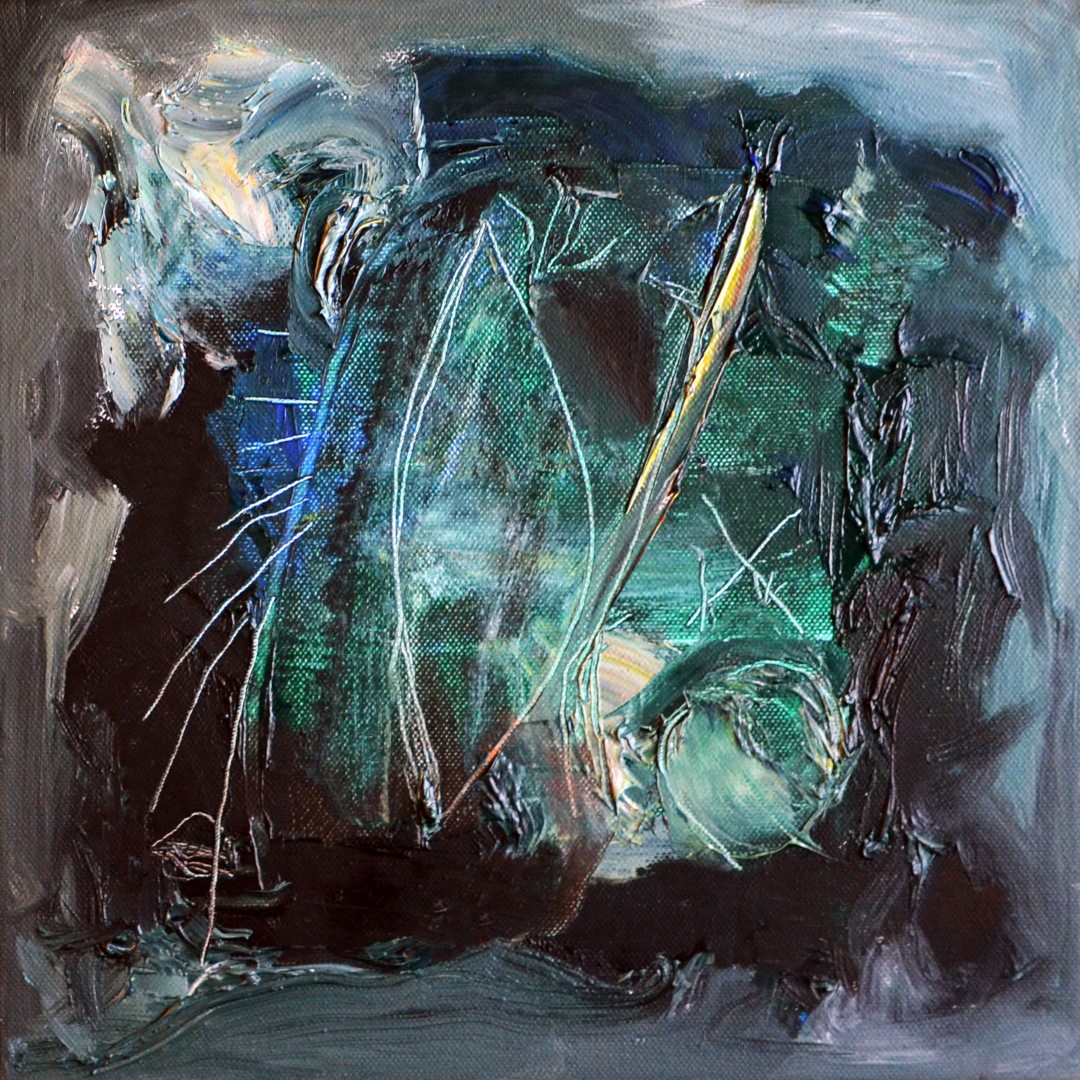

V & VI out of series of 47 squares, oil on canvas, 30x30cm (2016), Marcel Moonen ©
Well not too bad, a little better maybe. At that point I could control everything in there, though I realized again, they were not good, they were not bad.
Grain of salt
There was a moment in here that intersected. There was a guy in the studio, he had a place in the back. A Polish guy, he invited me over to dinner. We sat with two cans of Andy’s soup, chicken & beans, and we had dinner.
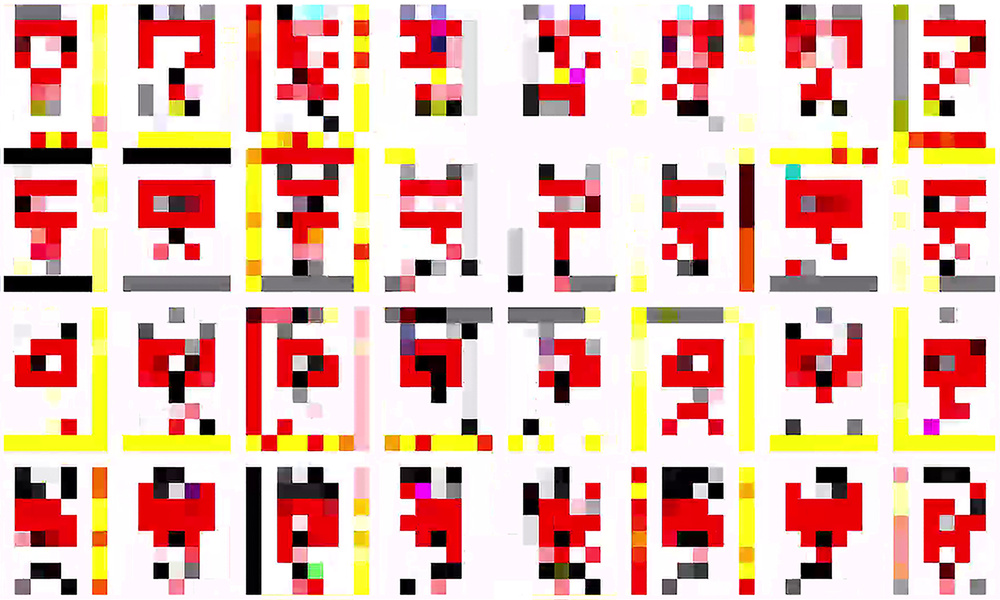
Soup Cans (Advert)
I/III
, from Soup Cans (Story) (2019),
M. ©
After dinner he took out a stitched sack and placed it on the dinner table, beautifully tied on the top, inside a box. I opened the box and took the rocks out one by one. First the big ones, then smaller stones, shaking out the tiniest grains, barely visible. He said: these are my rocks. The Japanese Idea of bringing you down in scale, to a point where a grain counted was interesting. I put these rocks in squared frames and pinned them on the back.
Why is this crucial?
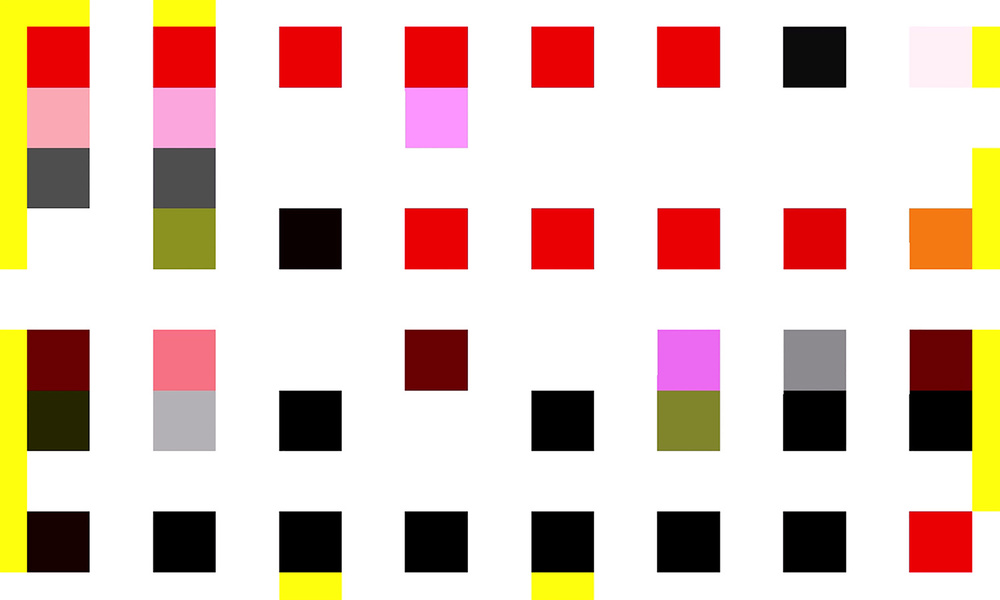
Soup Cans (Content) III/III , from Soup Cans (Story) (2019),
M. ©
GONG
When pictorial art evolved into abstract art, scale for the first time did not have a system of measure, there was no figure to measure scale with. For the first time scale became a powerful item to be explored. At that point I realized why my paintings did not really work at scale, because I didn’t understand how and in what way it existed in relation to me.
“They were in wooden frames, 40x40cm, you would be seen holding them, and you had a more direct relationship to it. For me that was for fun, I don’t know about anybody else, I wasn’t seeing many people smile those days.”
I finally ventured back up to a size and found in a sense the perfect size, the distances you stand to the wall and where the painting was did not matter at all, I was not going into any measurements. It had to do with the application of the strokes, the vibration of the lines.
I spent a good period just drawing on the squares, till I got a size that really had a physicality and a presence to it, in terms of the relationship between you and the painting ground.

XXV out of series of 47 squares, oil on canvas, 30x30cm (2016),
Marcel Moonen ©
I built a canvas which was like a drum, when I touched it with my brush “BONG”, it made a sound. It flowed to the edges. All this might sound odd, but it was essentially turning the whole act into a physical performance, with a physicality to it.
When I started painting those squares. In the beginning they were kind of abstract expressionist, thick and vigorous. At one point I realized, again, it was full of stuff that had no rhyme or reason for it.


XXXIII & XXXIV out of series of 47 squares, oil & crayon on canvas, 30x30cm (2016),
Marcel Moonen ©
One thing to do is just a straight line, without any tools, just pointing a line with my finger. The minute the line curves a little you can already start reading figurative matter into it. The idea of a straight line, period, is simple, pure relationship. I would stand there those days pointing lines, erasing, again, erasing, again, that perfect line, not too wiggly, not too straight, moving it a bit up, or a bit more down. Closer together, a bit more distance, creating tensions, a kind of play.
I did that for almost a year, periodically I would stare and make sense of what was going on and I would go back again pointing lines.
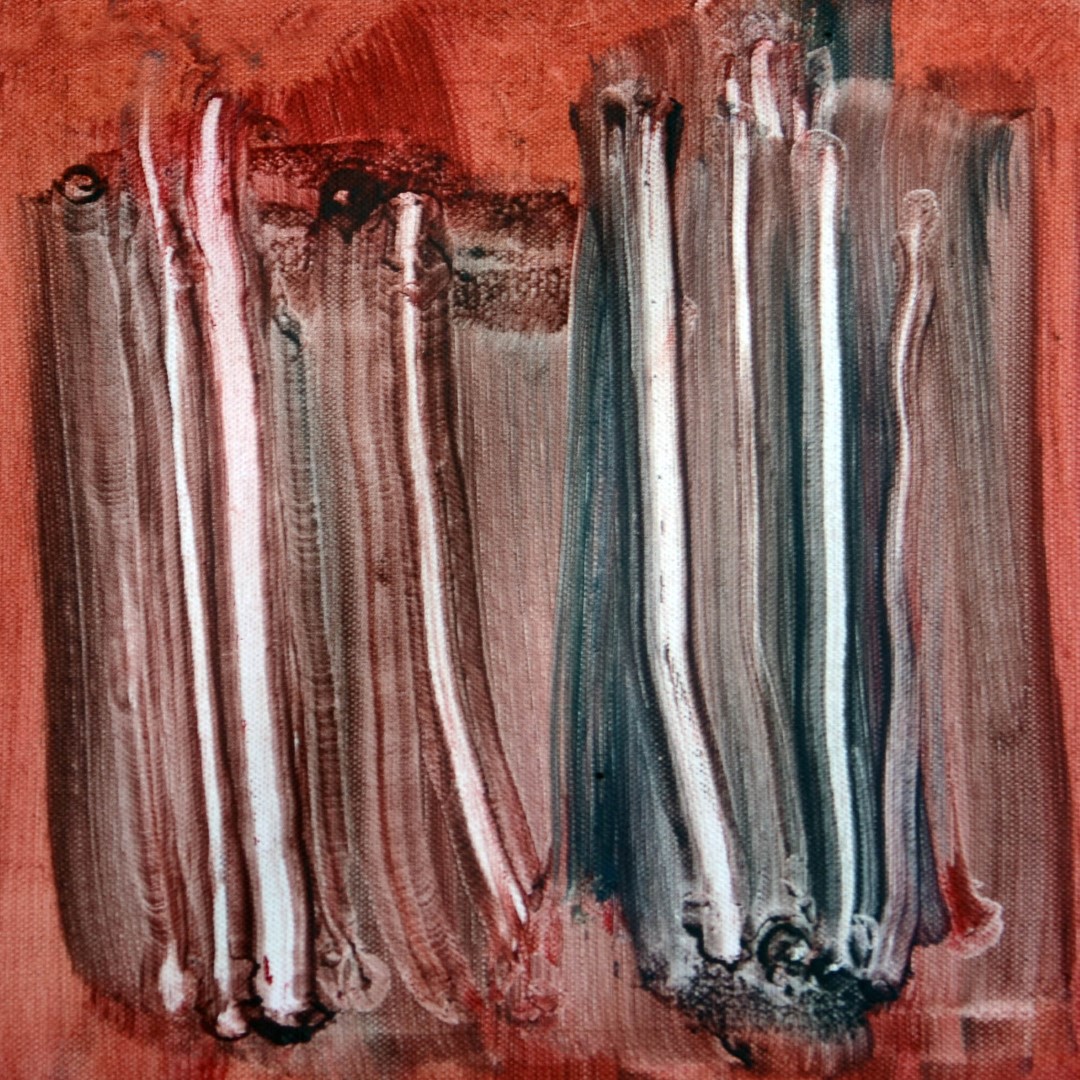


XXXV, XXXVI & XXXXI out of series of 47 squares, 30x30cm (2016), Marcel Moonen ©
Why, and what is that all about?
I could not really explain it at first, but I do remember a passage in a book about the house of philosopher Wittgenstein in Vienna, which he built for his sister. At one point he finished the ceiling of the living room, designed by himself, quite beautifully executed. He stared at the ceiling and stated: it is wrong, it is 2cm too low. So, he tore the whole thing out and raised the ceiling 2 cm.
“It counts.”
That is what I learned by doing these things. Starting at the beginning and learning what it means.

XXXIX out of series of 47 squares, 30x30cm (2016), Marcel Moonen ©
Everything uses the word perception, and I hate it, it is used in so many ways it does not mean anything anymore. It can be used on both sides of every argument because it is true on all sides. (IT [Y] : Prismatic Thinking)
That period was my growing up period, whether they were great works or not, was not an issue. The issue was essentially me training my eye, me training my sense, so I can feel the quality of that. One day for a chance, I changed to a bigger horizontal canvas, which by chance was lying in the corner of the room. Started painting, after a month or two, finally, I got it down to three pairs of two straight lines, and they are close to the ground. For me, this painting was the most successful of that group, in terms of scale. The physicality to it, the presence in the room when you are dealing with it.

III of 2 (2016), Marcel Moonen ©
Can I really hold this entire dialog, this entire enquiry, to be within a frame? A magic thing, this frame, it works beautifully. In fact, you see the same frame, often having a real frame on it, all carved in wood. You might be seeing the work on a velvet wall, and you don’t even think about that, that this becomes a strict concept about how we look at art.
So, I tried to find another dimension that didn’t have even a line, and that the physicality of the painting became more important than the elements on it. It has a kind of presence or an energy to it. A red dot between a yellow, or a grey dot between white dots, so there was chance-interaction.

Singularity (2019), Marcel Moonen ©
It was painful to move to to this new dimension, but I felt I was really learning something that I could not understand before. One time I looked at my screen, and there was no shadow around it, cause these works were made of light, non-material, not paint. That shadow has always been there, but quantitatively it doesn’t exist, it has no meaning, it has no purpose. If I took it away it would not mean anything. But qualitatively I realized it changed everything, I could not see without the shadow.
Over all these centuries we kept the frame in this paradigm. In the history of modern art, they question all those assumptions. How we look at the world, how we see things.
Can I make something that does not begin and end at the edge? Why don't I think about the rest of the world, how do I apply artistic sense outside the frame?
“The answer is the third dimension, obviously!”


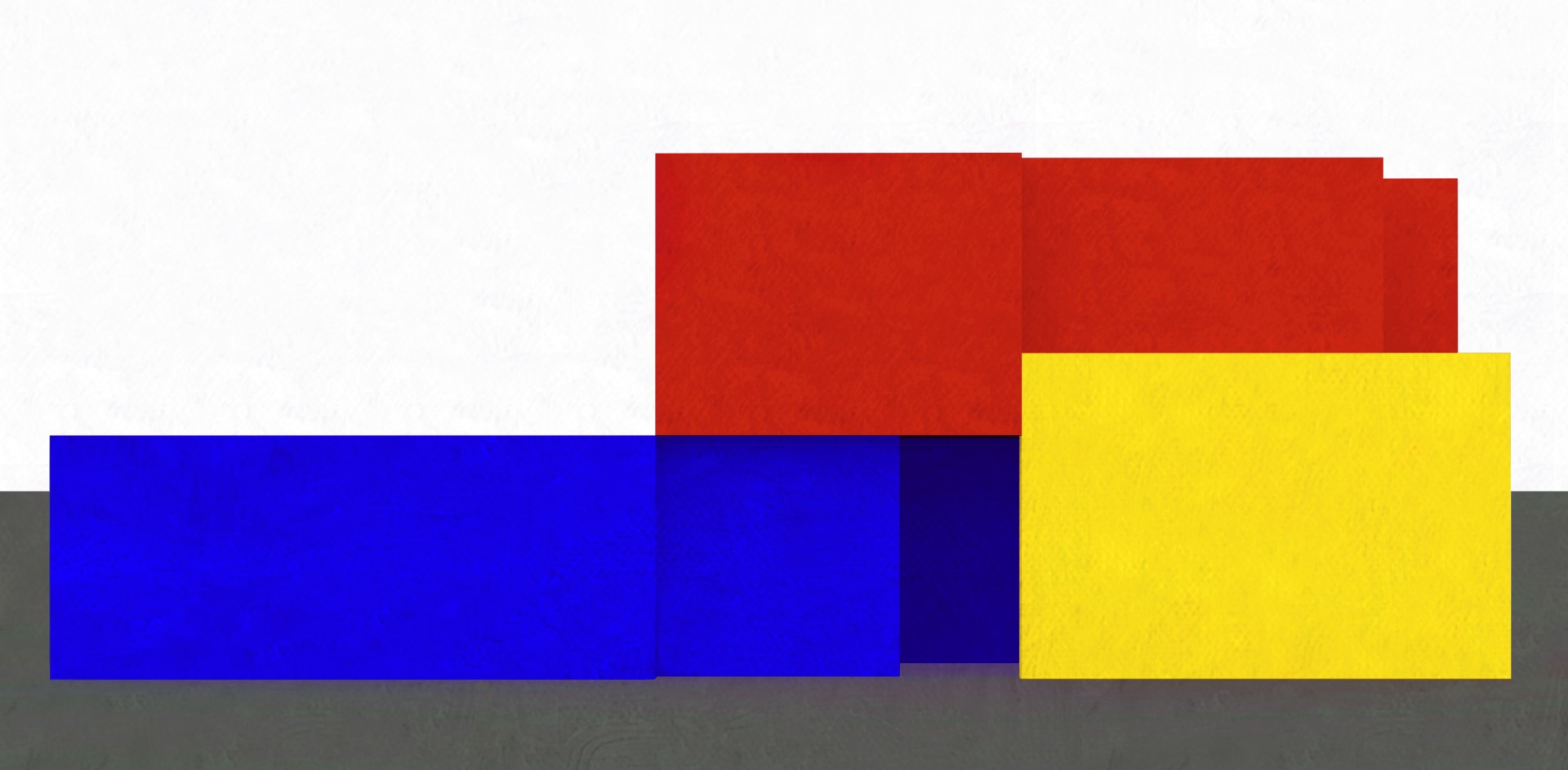
III coloured model for a house (2018), Marcel Moonen ©
You become a sculptor, or better, an architect. But after a while you realize it is the same thing, there is a frame implicit in that sculpture, in that building, how it occupies space, the surroundings. How we come to it, how we move around it. And the interior of a building becomes the carved frame itself. Great fun, but a little short in terms of possibilities.
Path through the forest
I tried the line…the Japanese did something quite similar, finding an ideal spot to see a vista to put you in this participatory understanding of nature in front of you.
The only thing I could do at the time is to leave the studio, sell everything and go out, obviously. 6 corners: Egypt, Greece, Turkey, Mexico, Peru, Japan, mystical. Flying over this incredibly densely forested Mexican landscape, suddenly I saw a road, a black line going through the forest. You start realizing the interrelationship between geometry, man, us, acting in this space, just utilitarian. Suddenly the entire landscape forms in relationship to it.
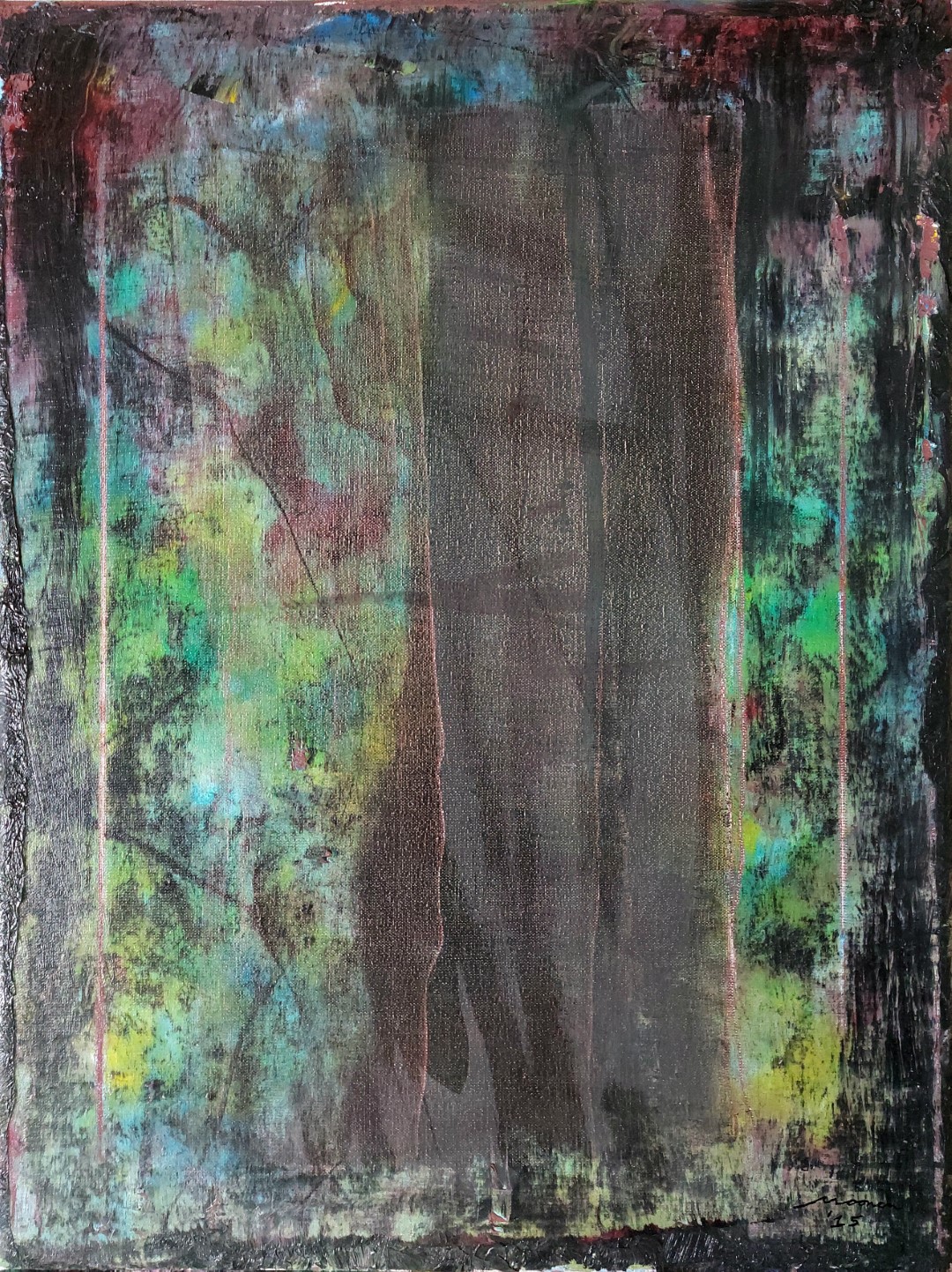
Path through the forest (2015), Marcel Moonen ©
There are times when you are trapped in your own knowledge, packed, when it becomes so sophisticated, that it becomes the paradigm to which you act and interact with everything. The only way to move out is to slowly take it apart, to examine whether it can be seen or known otherwise. With the knowledge obtained you start composing again. You might end up creating your own personal paradigm.
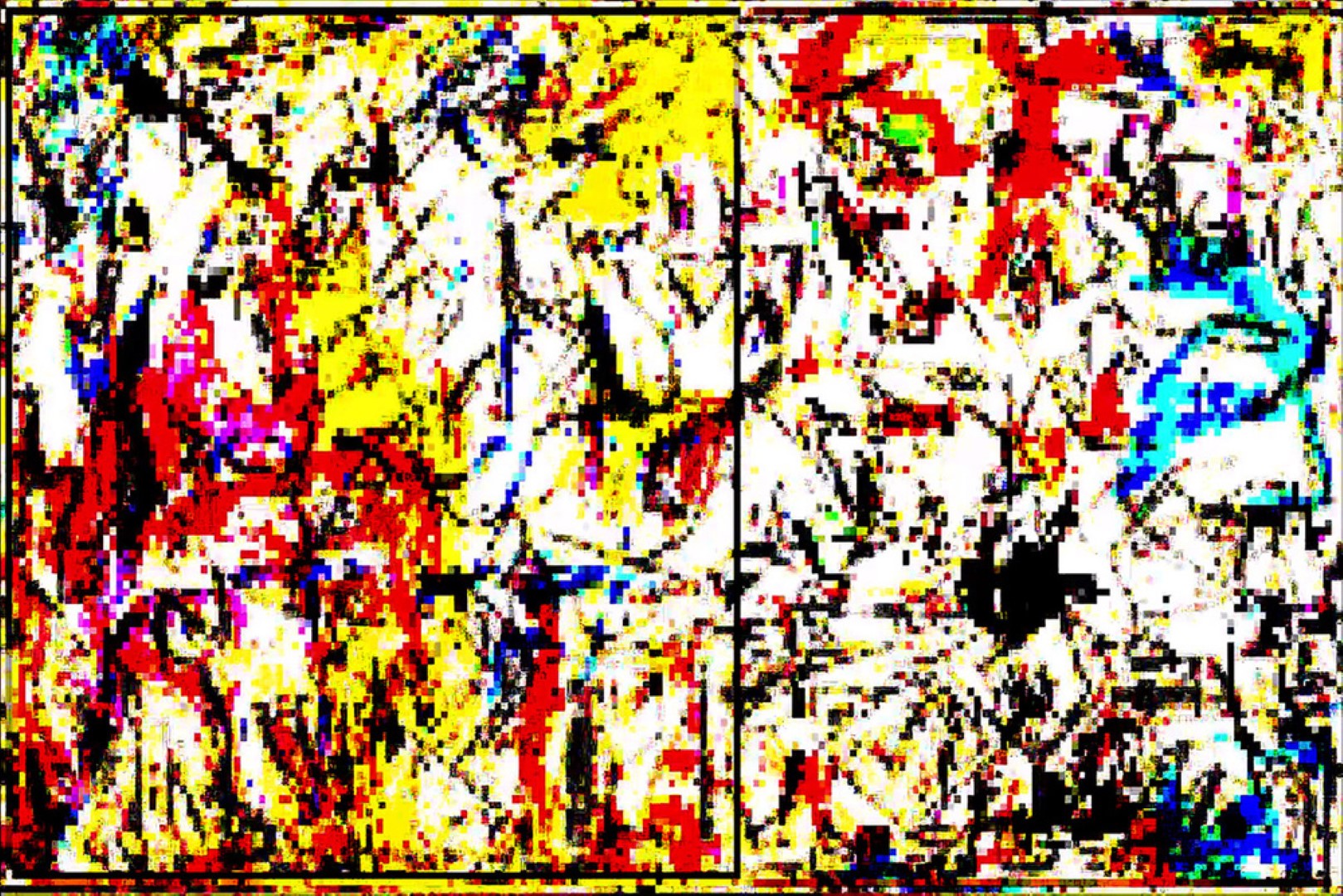
Diptych (a painting or relief carving made of two parts) (2021), Marcel Moonen ©
IT 05: Picture-in-Picture explained by M. Moonen 02.2022 [EDUCATIONAL PURPOSE ONLY] Triple-A Society, M. Production